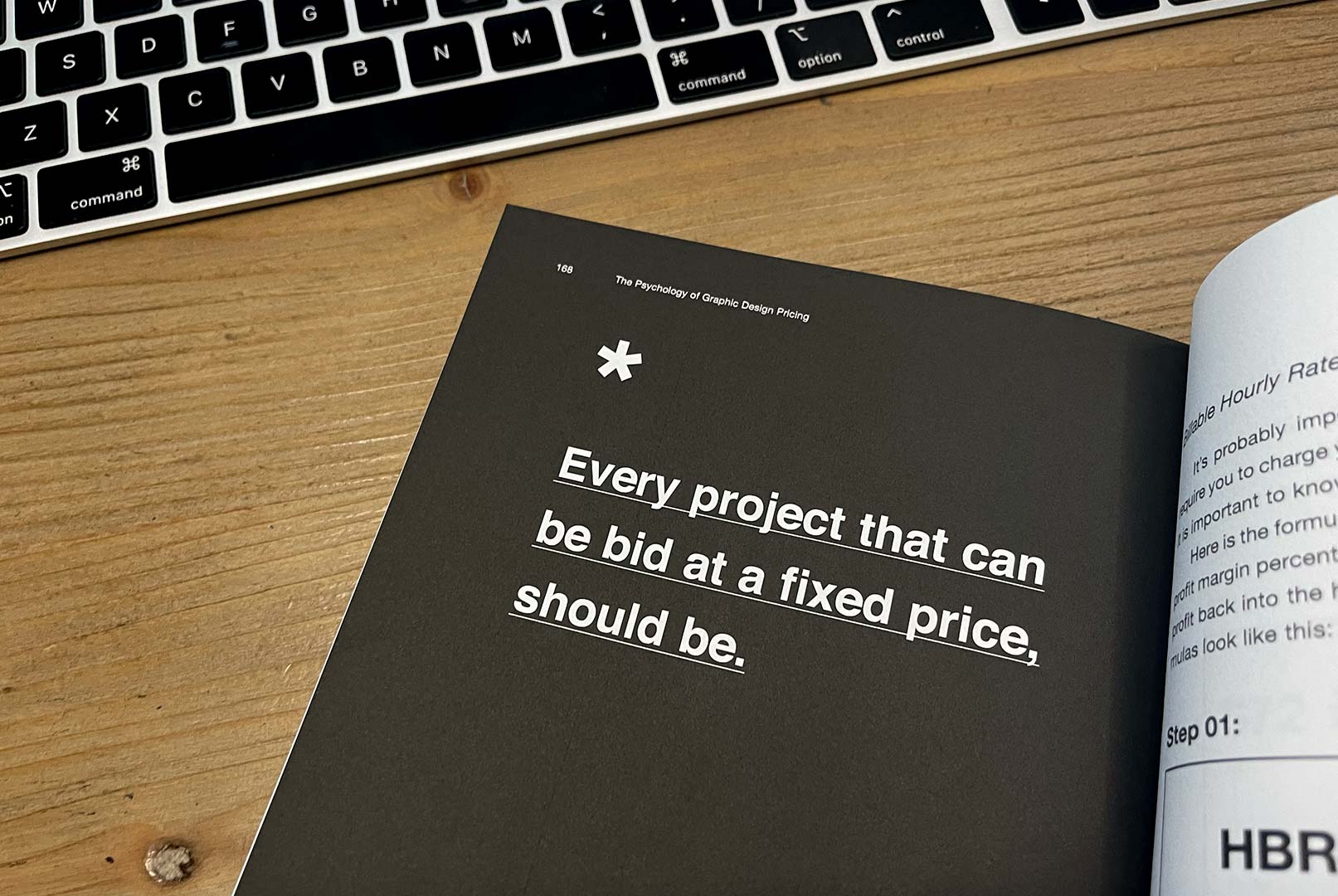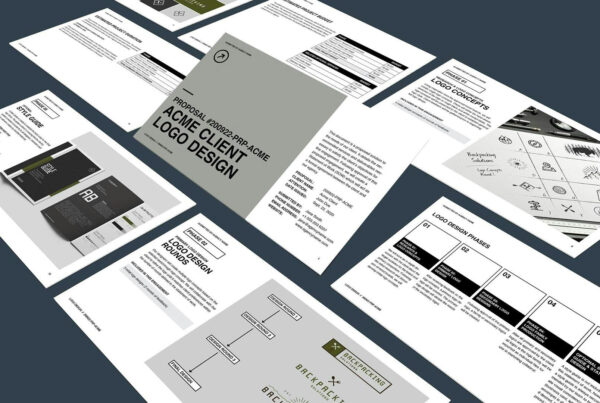When I started freelancing, way back in 2002, I charged some clients hourly when they should have been fixed bid. And vice versa, some clients in hourly engagements were given a fixed price. Well, I learned my lesson over time and the truth is that every project that can be bid at a fixed price, should be. But there are some cases when hourly billing makes sense. Let’s explore this topic a little more.
 I recommend you only charge clients based upon a billable hourly rate when you provide services that cannot be completed under a fixed bid agreement. These types of services include, but are not limited to:
I recommend you only charge clients based upon a billable hourly rate when you provide services that cannot be completed under a fixed bid agreement. These types of services include, but are not limited to:
- Extra rounds of changes on a project
- Maintenance requests for digital projects
- Simple design changes
- Minor content updates
- Debugging code
- Unknown or unclear scope of work
Trading time for money (i.e. charging your clients by the hour) is the least profitable way to price your work because it eliminates the value of the work you produce and penalizes you for working quickly. When charging a client based upon an hourly rate, the faster you complete the work, the less money you make.
On the other hand, properly scoping and providing fixed bid prices allows you to factor both market value and the client’s budget into your price. Perhaps best of all, in contrast to charging your client by the hour, a fixed bid price rewards you for working quickly by increasing the financial return on your time.
All of that being said, many clients will ask for your hourly rate, and you should know how to calculate it. Simply stated, your billable hourly rate is your hourly burn rate (or your hourly cost to do work) with the addition of profit.
Here is a quick method to help you calculate your hourly cost to do business.
How much does your business cost per month? (Add up all of your expenses including the money you need to take out of your business to support your personal living expenses.)
Multiply your monthly expenses by 12 months in a year.
Divide that amount by 2,080 for the amount of “work hours” per year for a full-time worker. (This is based on 40 hours per week and 52 weeks per year.)
That calculation will yield your “hourly cost” or “hourly burn rate.” Keep in mind, this IS NOT the rate you charge your clients. This should be considered your “break even” rate as it does not include any profit.
My book The Psychology of Graphic Design Pricing and my course The Ultimate Freelance Course both go into much more detail about how to calculate your hourly burn rate. The method in this newsletter is just a simple method you can start using now. Next week need to add profit to our rate.
Profit margins vary wildly from business to business. I have been told that many agencies operate at very thin profit margins, as low as 1 or 2%. My agency, Riser, ran at a 31% average annual profit margin over our lifespan. The publicly traded “mega-agencies” typically report profit margins between 5 and 10%. Mid-sized agencies may average 15 or 20% margins and some agencies could have a 50% margin or higher. A well-seasoned freelancer working from their home office with very little overhead cost could easily have a 100-200%+ markup on their hourly burn rate. The industry profit margin is really all over the place with no set standard.
Now you may be thinking, “So, how much profit should I add to my cost when calculating my billable hourly rate?” Good question. Your billable hourly rate should include as much profit as your clients will approve. Making this determination usually requires some experimentation, an understanding of what other people like you charge for their time, and a bit of courage.
If your hourly burn rate is $30, but your clients will pay $150 per hour for your services (a 500% markup), have no concern charging it. After all, the market value of a product or service is equal to the amount someone is willing to pay. If your clients will pay it, you can charge it. That is your market value.
You really just need to pick a profit margin percentage that is comfortable to you; this percentage should start, in my opinion, with at least a 20 to 30% profit margin and go up from there. You are not price gouging your customer if you decide that your profit margin should be 100%+ higher than your hourly burn rate. If you have the expertise to provide value to your customer and your customer will green light work at a higher hourly rate, then charge it! After all, you are in business to make a profit.
Stop asking yourself, “How much should I charge?” and start asking, “How much profit should I include in my price?”
Hope that helps provide some clarity around hourly pricing and fixed bid pricing. When in doubt, a fixed bid project price with a detailed scope of work is the best strategy for your business.






